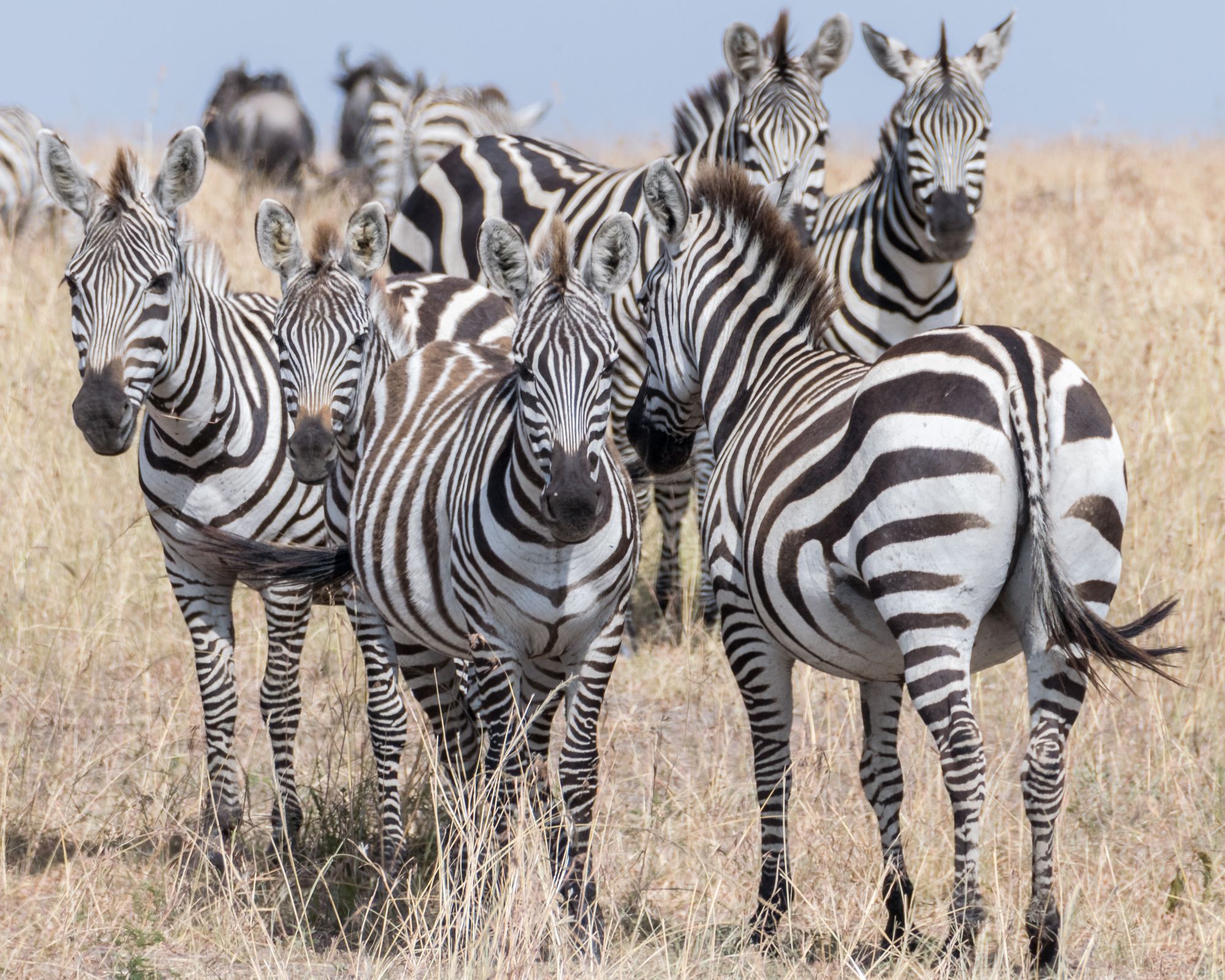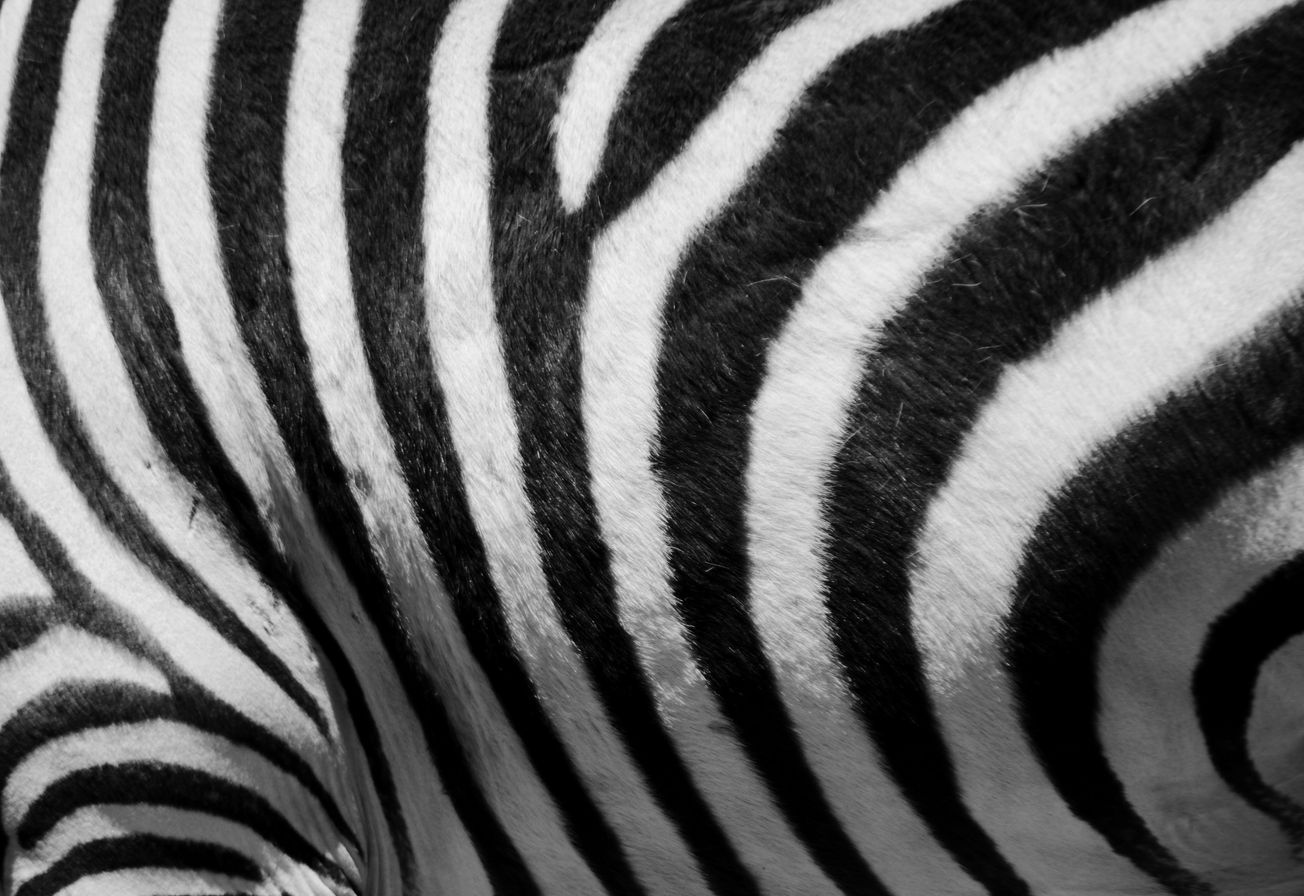By Ellesse Jun Huan Low, Second Year, Chemistry
The exact origins and functions of zebra stripes have been debated for over a century and have generated multiple hypotheses. A new study led by biologists at the University of Bristol has helped narrow down the possible purpose of zebra stripes.
Zebra stripes are initially thought to have various functions, such as camouflage against predators via motion dazzle, whereby the cryptic patterning can distort the speed and direction of the zebra’s movement.
However, in a study across 40 sites in Africa, zebra stripes did not misconstrue the outline of the individual and had no role in misdirecting the attacks of advancing lions. More zebras were killed than expected for the abundance of predators present.

Other theories have discussed the flow of convection currents as a cooling mechanism, as well as its possible role in social function. However, these ideas have been largely dismissed due to lack of consistent evidence.
For this reason, scientists at the University of Bristol have conducted further experimental tests and found that zebra stripes are able to dazzle flies, by confusing them to the point where they are unable to land on the zebra’s body.
This ‘aperture effect’ is an optical illusion that disrupts the vision of the flies due to high-contrast image. In other words, the flies will notice movements among the stripes, misleading them to collide against the zebra hide or fly past it.
Dr Martin How, the study’s lead author from the University of Bristol’s School of Biological Sciences, stated that the aperture effect is similar to the barber-pole effect in human vision. He explained the concept of moving stripes is like the rotating barber-poles we see outside barbershops, which appear to move upwards rather than spinning with the pole.
The aperture effect may be a defense mechanism to prevent biting flies from approaching the zebras
He also added that, generally, when a fly lands on a surface, it will alter its approaching speed depending on how the view of its target surface expands across its field of vision. The striped coat of zebras skews the fly’s perception and disrupts these cues needed for a controlled landing.
This theory was carried out through an experiment, where horses wore rugs with either black, grey, checkered, vertical and horizontal stripes. It was observed, as expected, that flies were able to land on grey and black rugs more successfully than on the patterned rugs.
They also approached the uniformly colored rugs much more slowly and with more control. A surprising finding, however, was that the flies had similar difficulties landing on the checkered rugs as the striped rugs, despite checkered patterns not displaying the same aperture effect.
This indicates that the aperture effect cannot be the only underlying mechanism behind the behavior of a fly towards zebra stripes. The findings suggest that there must be another type of high-contrast pattern that disturbs the vision field of the fly.
Bristol University research explores hurricanes in the Caribbean to assess the impact of climate change
Exoplanets: Bristol researcher seeks for the clues in our Solar System
Professor Tim Caro, the study’s senior co-author, acknowledged: ‘Not only do these exciting studies bring us closer to understanding one of the world’s most iconic and photogenic species, they will be of great interest to farmers attempting to reduce the damage caused by fly bites and even general horse-wear companies.
This new theory has given researchers a new perspective in understanding the mystery behind the evolutionary function of zebra stripes.
Featured Image: Unsplash / James Lee
What do you make of the function of zebra stripes?









